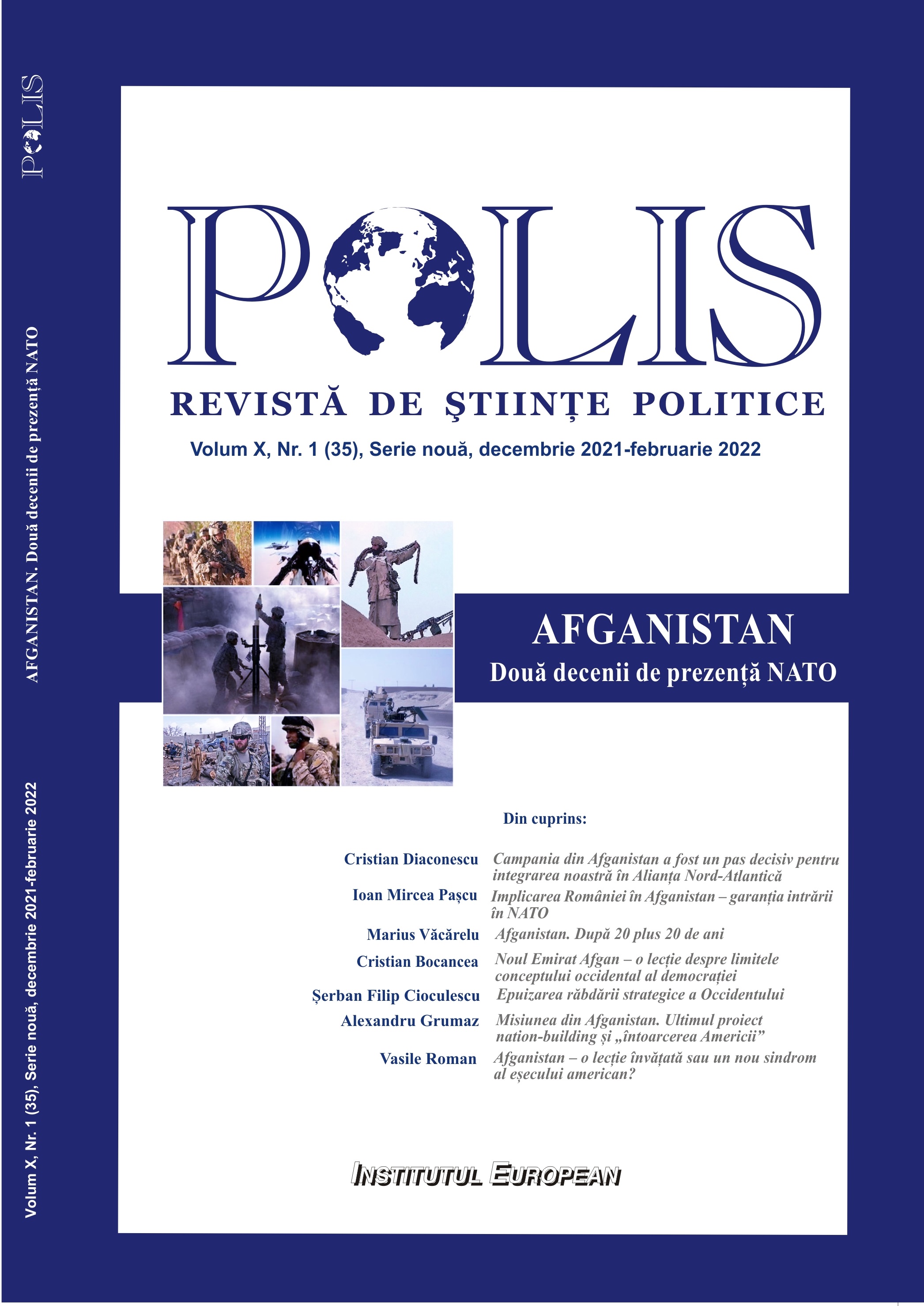
Recenzie "Desființarea omului prin Holocaust"
Review of Ovidiu Raețchi, Istoria Holocaustului. Desființarea omului: de la ascensiunea lui Hitler până la execuția lui Eichmann Editura Litera, București, 2022, ISBN: 978-606-33-8351-9, 720 p.
More...We kindly inform you that, as long as the subject affiliation of our 300.000+ articles is in progress, you might get unsufficient or no results on your third level or second level search. In this case, please broaden your search criteria.

Review of Ovidiu Raețchi, Istoria Holocaustului. Desființarea omului: de la ascensiunea lui Hitler până la execuția lui Eichmann Editura Litera, București, 2022, ISBN: 978-606-33-8351-9, 720 p.
More...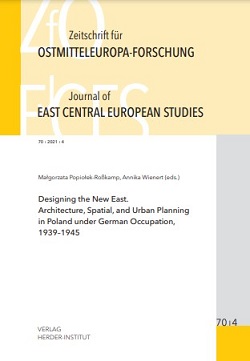
The vast majority of the academic spatial researchers in Nazi Germany participated in the Holocaust and the genocidal “resettlement policy” by providing it with a scientific foundation and an intellectual justification. The Reich Working Group for Spatial Research (RAG), with its departmentalized organizational structure and regionally limited research practices, facilitated the academic support of the policies of extermination. Studies about social and economic problems in certain German regions were closely linked with the recruitment of German “settlers” for the occupied territories in East Central Europe. The spatial researchers thereby both offered academic “solutions” for economically weak areas and aggravated the already disastrous situation in Eastern Europe. After the war, the same practices of departmentalization offered a convenient path for West German scholars to exonerate themselves in the early years of the Federal Republic. This question about how spatial researchers participated in the murder of European Jews is closely linked with contemporary concepts of social order and the role of planning, ideas which came to influence an entire generation of German scholars and scientists in the mid-twentieth century.
More...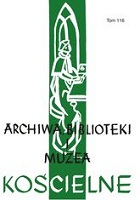
After 1943, in the collective memory of the rural communities of Stryszów and Dąbrówka, the figure of Rev. Stanisław Żeliwski, murdered in Auschwitz, became a kind of a figure of memory from the times of the occupation, which nowadays began to fade into oblivion with the death of the last witnesses of the past. Among the many stories (often of legendary nature) and inquiries of purely conspiratorial narrative, the social, catechetical and pastoral activity of Rev, S. Żeliwski in Stryszów was completely forgotten. For the author, the biography became not only a way to deny (sometimes) untrue news, but primarily a tool to broaden the state of knowledge about the history of the 1930s and 1940s in a private village in the Beskids mountains (Stryszów and Dąbrówka). The article uses unknown sources of the parish archives of Stryszów, supplemented with information obtained through oral history from the last living witnesses of the past of the Stryszów parish. The author, basing on the fragments of the surviving testament of S. Żeliwski, presented the parish priest of Strysz as a priest, chaplain and catechist, and a vicar from the time of the greatest unrest, and outlined the process of the elevating the memory of S. Żeliwski by his successor, Rev. Stanisław Wciślak.
More...
The Wehrmacht as institution was involved in the murder of the Jews during Operation Barbarossa. However, it was very rare that individual units participated directly in the genocide. The 707th Infantry was an exception though as approximately over 10,000 Jews were killed under its command in Belarus in 1941/42. The personal diary of Colonel Carl von Andrian, a regimental commander in this division, gives insight into the mindset of a perpetrator. Andrian harboured strict anti-semitic views and did not protest when a limited number of Jews were shot as ‘reprisals’. However, he rejected systematic genocide, particularly the murder of women and children, and forbade his regiment to participate in these killings.
More...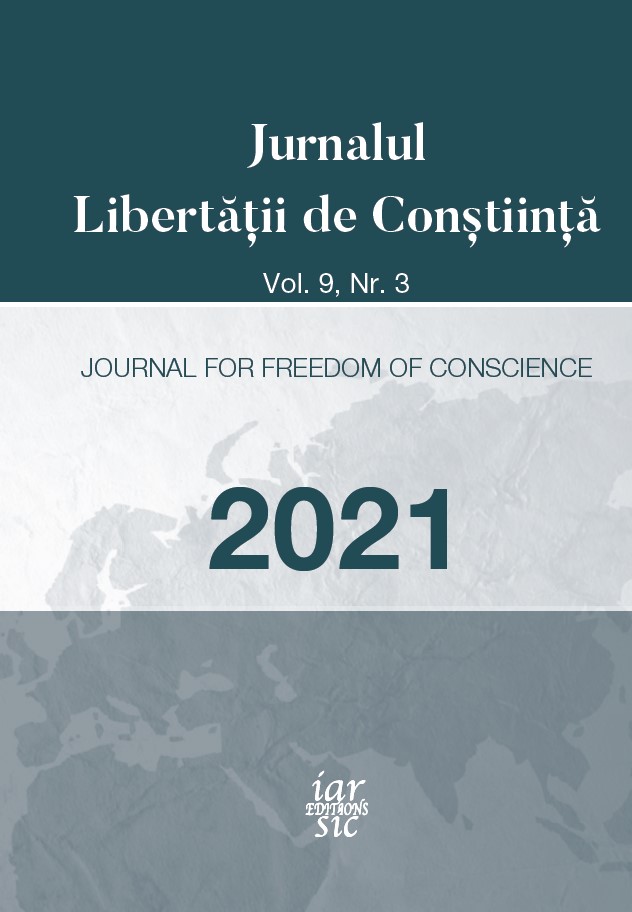
The manifestation of evil poses one of the greatest challenges to the notion of human dignity. This article starts from the premise that it is profitable to conceive of human dignity in a negative way, by identifying aspects of human societal behaviour that constitute attacks on, and abuses of, human rights and liberties. It then offers a discussion of evil and its manifestations as challenge to human dignity, exemplified by the Holocaust, the Stalinist trials and by Adolf Eichmann. The article concludes with an account of Ellie Wiesel’s theological response to the problem of evil, identifying in it a way towards partial restoration of dignity for victims of abuse.
More...
The article posits a concept of “retroactive catastrophe” (katastrofa wsteczna)— understood as the retriggering of an event or occurrence that happened long ago, with ongoing effects that continue unseen which, once finally perceived and recognized, broaden in their destructive force. The operative concept is used in reference to Polish collective identity. Up till the mid-1980s, Polish post-war collective identity to a large extent assimilated the Shoah to Polish suffering and national martyrdom such that the murder of three million Polish Jews was never properly acknowledged or mourned. A survey of major debates over Polish–Jewish relations during a period beginning roughly with the 1985 Polish screening of Claude Lanzmann’s film Shoah reveals major problems with the form and basis of Polish unity. Furthermore, Jan Gross’s 2000 book Neighbors, by linking the Holocaust with the sociological category of ordinariness, showed the fundamental problems with the basis for Polish collective identity: family, faith, work, and nation. Under rigorous scrutiny, these foundations of Polish “normalcy” turn out to be sources of catastrophe during the Shoah as they comprise an exclusionary mechanism. For each of them, as well as their joint operation, have the reprehensible effect of casting out the Jew as “other” under the guise of what seem to be otherwise unobjectionable and even laudable ideals of Polish collective identity. Hence, the compelling conclusion of this historical analysis: contemporary Polish society needs to be reconceived as post-catastrophic, and a new normal, less exclusionary in its effects, needs to be sought.
More...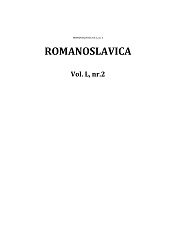
The fundamental characteristic of magical realism is its duality, which enables alternative representations of history. The key features of the explication of magical realism as a narrative way and as artistic media is its potential to adapt to different “cultural sites” and different cultural directions. In the approach to Kiš’s art, besides the famous discussions on magical realism in postmodern and postcolonial fiction, we turn to consideration of the conditions that have led the authors, by writing in the style of magical realism, to seek the recovery of traumatic memories related to the specific historical events of violence such as the Holocaust.
More...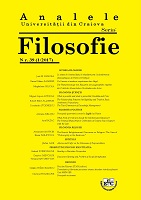
Adorno’s famous statement ”To write poetry after Auschwitz is barbaric” has aroused a series of controversies caused, as we will try to show in this paper, by being much misquoted and used out of the philosopher’s context of thinking. Beginning from a proper understanding of these words, the present study aims to get a closer look at Anselm Kiefer’s early creation in order to show that, for the philosopher and the artist, the stake is the same: questioning the post-Holocaust artistic representation.
More...
Review of: Postlegomena la felix culpa. Mircea Eliade, evreii şi antisemitismul, Culegere de texte de Liviu Bordaş, Ediţie îngrijită de Mihaela Gligor şi Liviu Bordaş, Cluj-Napoca, Presa Universitară Clujeană, Volumul I , 2012, 411 pp.; Volumul 2, 2013, 566 pp.
More...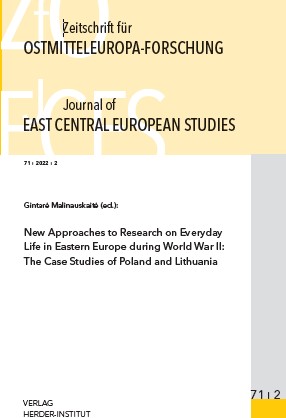
Review of: Miriam Schulz - Von der letzten Zerstörung. Die Zeitschrift „Fun letstn churbn“ der Jüdischen Historischen Kommission in München 1946–1948. Edited by Frank Beer and Markus Roth. Übertr. aus dem Jiddischem von Susan Hiep, Sophie Lichtenstein und Daniel Wartenberg. Metropol. Berlin 2021. 1032 S., Ill. ISBN 978-3-86331-557-3. (€ 49,–.)
More...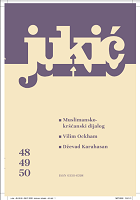
Uvodna riječ na Molitveno-komemorativnom susretu ispred zagrebačke katedrale u povodu Međunarodnoga dana sjećanja na žrtve Holokausta, 24. siječnja 2019.
More...
The visit of John Paul II at the Auschwitz - Birkenau was an extraordinary event for both the faithful of the Catholic Church and the Communist authorities. The paper presents the progress and impact of a visit to the Museum. A very important element was the message of the Holy Father for human dignity and the need for dialogue between different religions and nations. The visit of John Paul II in Auschwitz Museum had great symbolic meaning. It was accompanied by a large media interest.
More...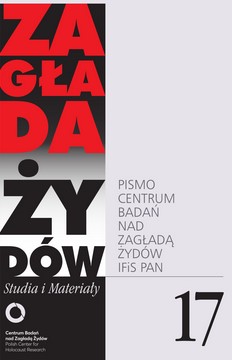
This article outlines the method of analyzing newest Polish poetry about the Holocaust from the perspective of ideological uses and abuses as well as interceptions, a method that makes references to the neo-Marxist ideology. The method of suspicious and critical reading of contemporary poems helps reveal the absence from the contemporary discourses of not only the Jewish experience, but also the Jewish Holocaust poetry which discusses it, both that produced in Polish and Yiddish. The analysis of Radosław Kobierski, Piotr Macierzyński, and Grzegorz Kwiatkowski’s works as well as the paraphrases, allusions, and quotations hidden in them reveals the ideological character of references to the Holocaust. By contrast, in a poem by Jacek Podsiadło the said references facilitate building a narrative about Holocaust poetry from scratch, which is the only way of saving it. The introduction of the conception of an archive- poem and a matrix-poem in contrast to a poem which absorbs other people’s voices and bases on abuses and interceptions, close to poetic survival, signals the insufficiently exploited potential of contemporary poetry which gives life to Jewish poetry and facilitates its survival.
More...
This article discusses Jews’ membership in Soviet partisan units in the Vilna and Novogrudok regions during the German occupation (1941‒1944). The author discusses and at the same time sums up the existing findings of historians from various countries which have been absent from Polish historiography. Aside the extensive bibliographical references, the article includes basic information about the location and operation of the Soviet partisan units which had Jewish members as well as the Jewish survival groups and family detachments. It also discusses their specificity, operation, and significance as the main determinant of survival of the Jewish population on those territories.
More...
This article examines the post-war correspondence between Fajga Ginsburg, a Polish Jewish woman who survived the Holocaust in Lwów (today Lviv in Ukraine), and Tadeusz Kobyłko – a Pole who hid her and her niece. Their letters offer a window into intimate dilemmas in the aftermath of the war. Their relationship exemplifies decisions made by survivors with regard to their identity. Fajga’s letters express the emotional trauma of Jews who survived the Holocaust and show the lasting effects of post-war choices made by the survivors. Her letters also reveal how differently Faiga and Tadeusz understood their relationship and subsequent separation, in part due to their addressing different audiences whilst writing. While Fajga wrote personal letters to her husband, Tadeusz’s letters were sent to various Jewish and Polish institutions and were more official in nature. His letters clearly echoed his anger at the “Jews” whom he blamed for the breakdown of his family, but they are also permeated by a sense of threat of post-war antisemitism in Poland, as he himself experienced it after Fajga’s departure. Although the exchange of letters between Fajga and Tadeusz is full of understatements, it refutes the stereotypes of a “nationalist Pole” and a “self-conscious Jew”. Indeed, both categories turn out to be an oversimplification that does not reflect the complexity of the relationship, especially the one initiated under the duress of the Holocaust.
More...
Online commemorations are associated with scandals and faux pases, but many content creators do not intend to offend anybody or become an object of online hate. Aside the existing methods of describing digital commemorations (content analysis, comparisons with the traditional media memory), the article makes use of netnography, that is observation and analysis of Internet users’ behavior. It also examines the ecosystem of the digital media in the context of platform capitalism. The research materials are: the yolocaust.de website, photographs of Auschwitz by Tomasz Lewandowski, and survivor Inge Ginsberg’s heavy metal performances.
More...
The author reconstructs and critically analyzes contemporary models of social and cultural memory of the Holocaust and considers their consequences for the understanding of politics of memory. The subject of consideration are the dominant trends in memory studies, referring to Chantal Mouffe (the concept of agon) and, more deeply, to Mikhail Bakhtin (polyphony and dialogicity), i.e. the concepts of agonic and multidirectional memory. As a counterpoint to these concepts, the author develops threads underestimated in previous research: the issues of the social (class) condition of memory, symbolic violence and legitimacy, which shape cultural memory and representations of the past.
More...

Review of: Anna Bikont - Paweł Piotr Reszka, Płuczki. Poszukiwacze żydowskiego złota, Warszawa: Agora, 2019, 237 s.
More...
Review of: Tomasz Żukowski - Jan Borowicz, Pamięć perwersyjna. Pozycje polskiego świadka Zagłady. Wydawnictwo IBL, Warszawa 2020, s. 318.
More...